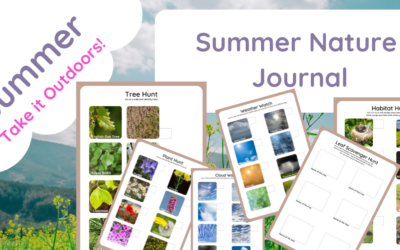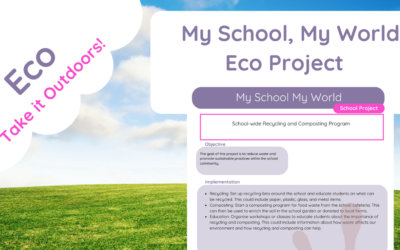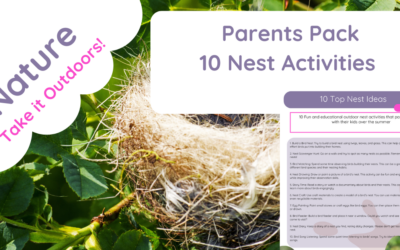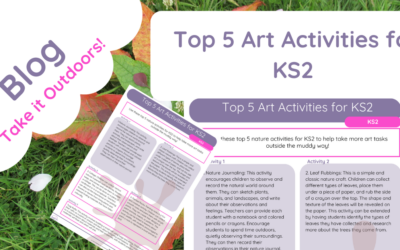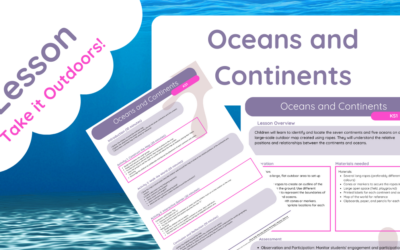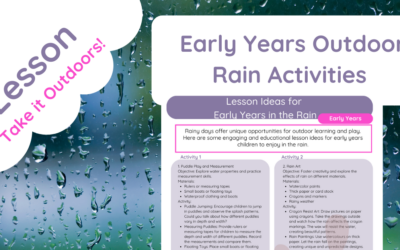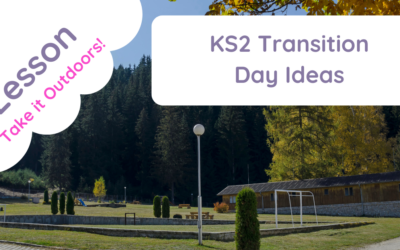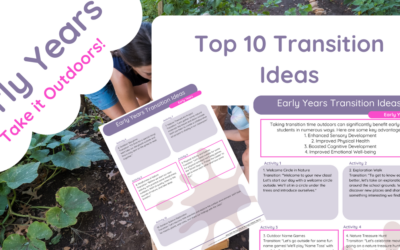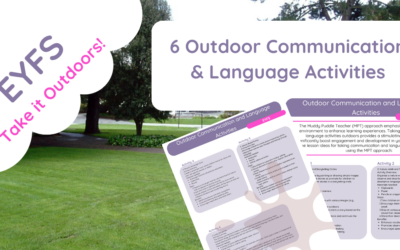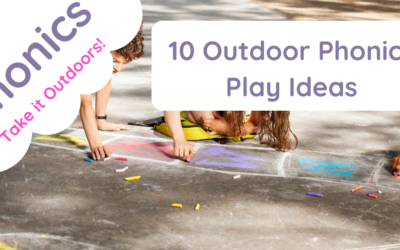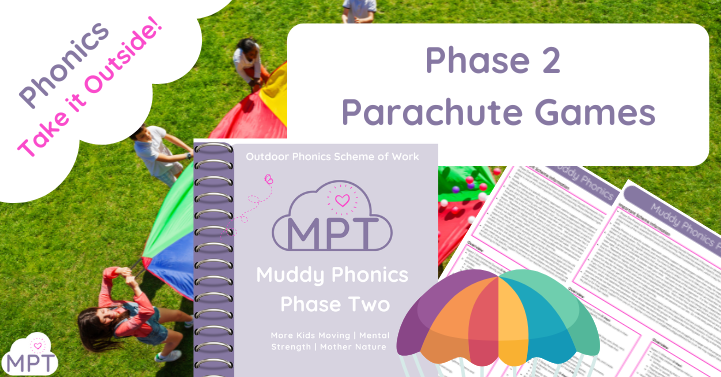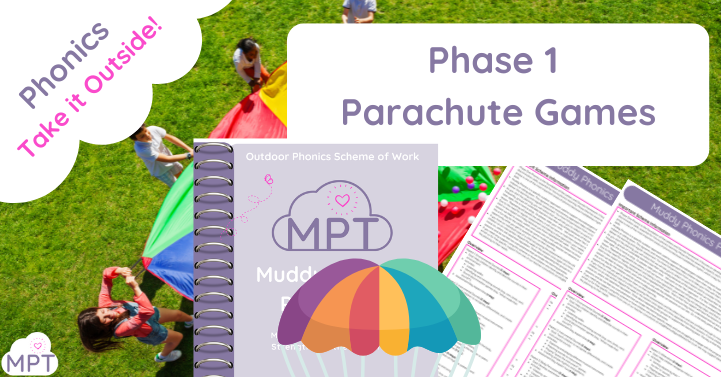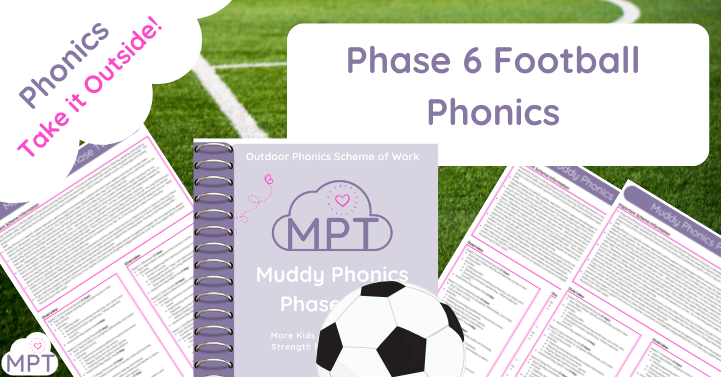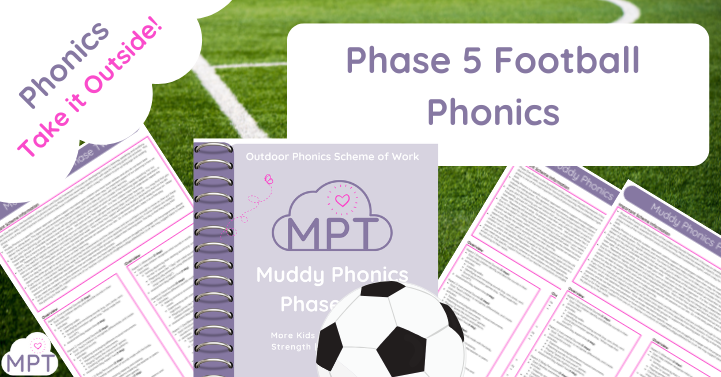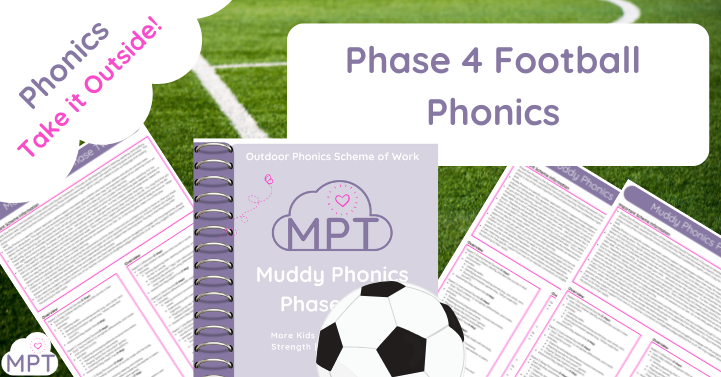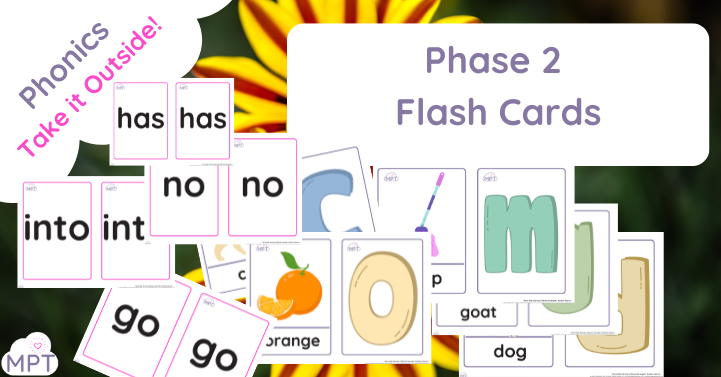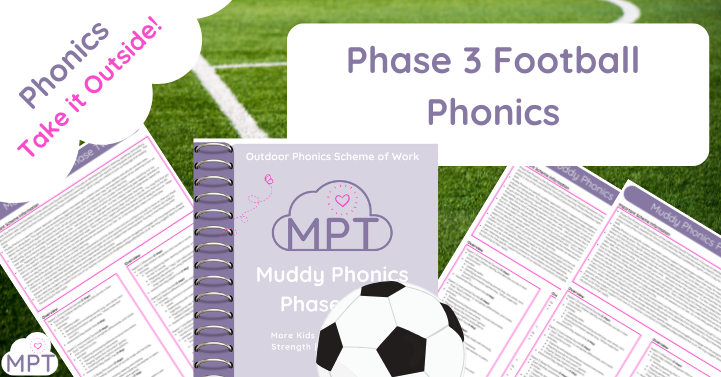Bronze Age Developments Lesson Ideas Dive into the transformative era of the Bronze Age with this engaging set of...
The Great Fire of London Lesson Plan (Rope Method)
Oct 20, 2024
The Great Fire of London Lesson Plan (Muddy Puddle Teacher Approach) Explore the Great Fire of London lesson plan with...
Summer Nature Journal (Summer Holidays)
Jul 28, 2024
The Muddy Nature Journal, offered by The Muddy Puddle Teacher, is a downloadable resource designed to engage families...
My Schools World Eco Project
Jul 25, 2024
This lesson plan introduces a comprehensive Recycling and Composting Program to reduce waste and promote sustainable...
10 Nest Activities
Jul 25, 2024
This lesson plan offers a unique and engaging approach to outdoor learning, focusing on ‘nests’. It includes ten...
Going Outdoor – 20 Outdoor Activities for Parents this Summer
Jul 25, 2024
20 Outdoor Activities for Parents - designed to encourage parents to engage their children in outdoor activities...
5 Nature Art Activities KS2
Jul 9, 2024
5 Nature Art Activities KS2 Creativity and Imagination: Outdoors provides a stimulating environment for children to...
World Map
Jul 7, 2024
The World Map: Unlocking Global Awareness in Children In today’s interconnected world, understanding geography is more...
Oceans and Continents KS1 (Rope Method)
Jul 3, 2024
Title: Exploring Continents and Oceans: Outdoor Learning Activities for KS1 As we dive into the fascinating world of...
Early Years Rain Activities
Jul 2, 2024
Why Early Years Should Engage in Rain Activities Engaging in rainy activities offers numerous developmental benefits...
KS2 Transition Day Ideas
Jul 2, 2024
The Importance of Having a KS2 Transition Day Outdoors for Children Transition days are pivotal in helping children...
Early Years Transition Day Ideas
Jun 30, 2024
Early Years Transition Day Ideas Taking transition time outdoors can significantly benefit early-year students in...
Communication and Language in EYFS
Jun 28, 2024
Enhancing Communication and Language in EYFS through Outdoor Activities Effective communication and language skills...
10 Gunpowder Plot Ideas
Jun 27, 2024
The Gunpowder Plot: An Explosive Chapter in British History The Gunpowder Plot of 1605 is one of the most intriguing...
10 Outdoor Phonics Play Ideas
Jun 27, 2024
Exploring Outdoor Phonics Play: Engaging Activities for Early Learners Phonics is an essential part of early childhood...
Using Running Jumping Throwing (PE) KS2
Jun 26, 2024
Using Running, Jumping, Throwing (KS2) Physical Education (PE) is a crucial part of the KS2 curriculum, helping...
10 Transition Activities KS1
Jun 26, 2024
Why Outdoor Transition Ideas Are So Effective in KS1 Education Transitioning between activities in the classroom can...
Master Basic Movements (PE) KS1
Jun 26, 2024
Master Basic Movements in PE for KS1 Physical Education (PE) is a vital part of the KS1 curriculum, focusing on...




